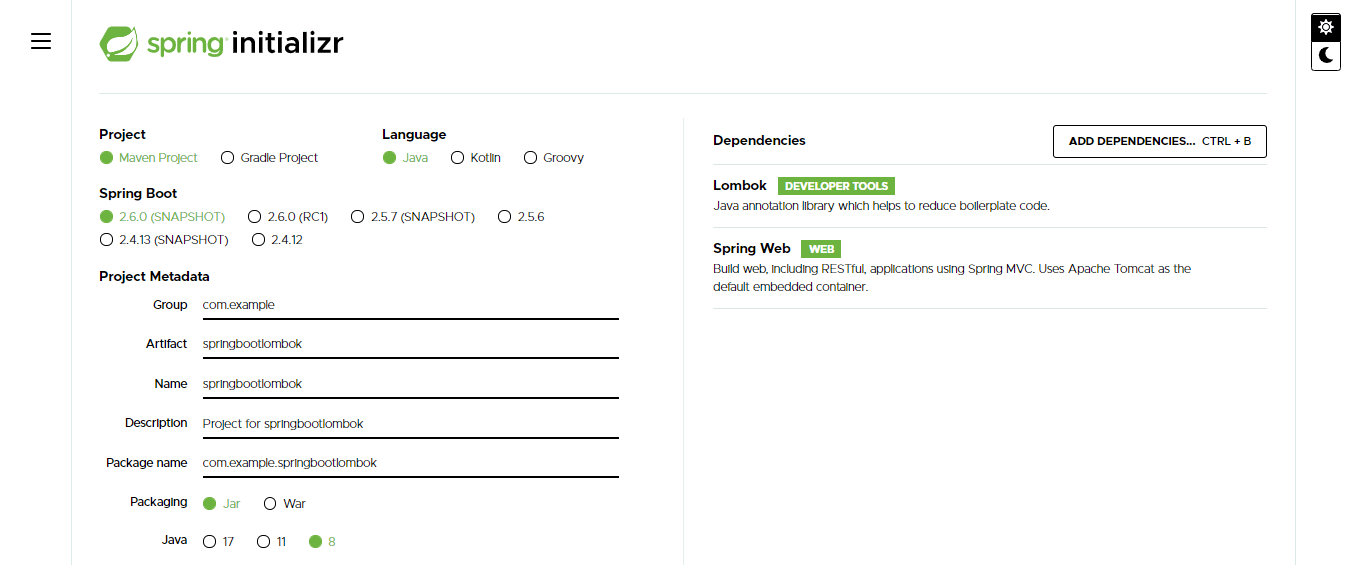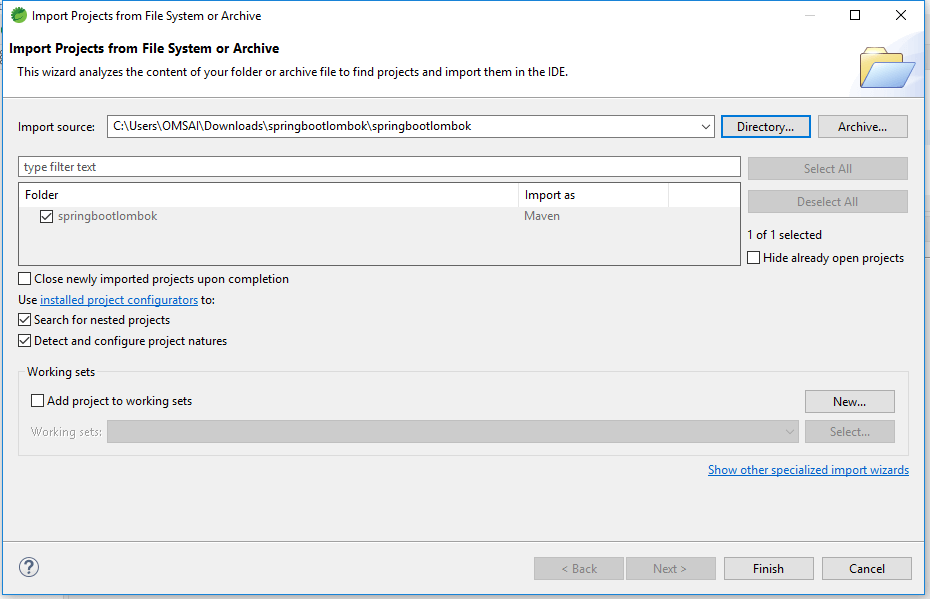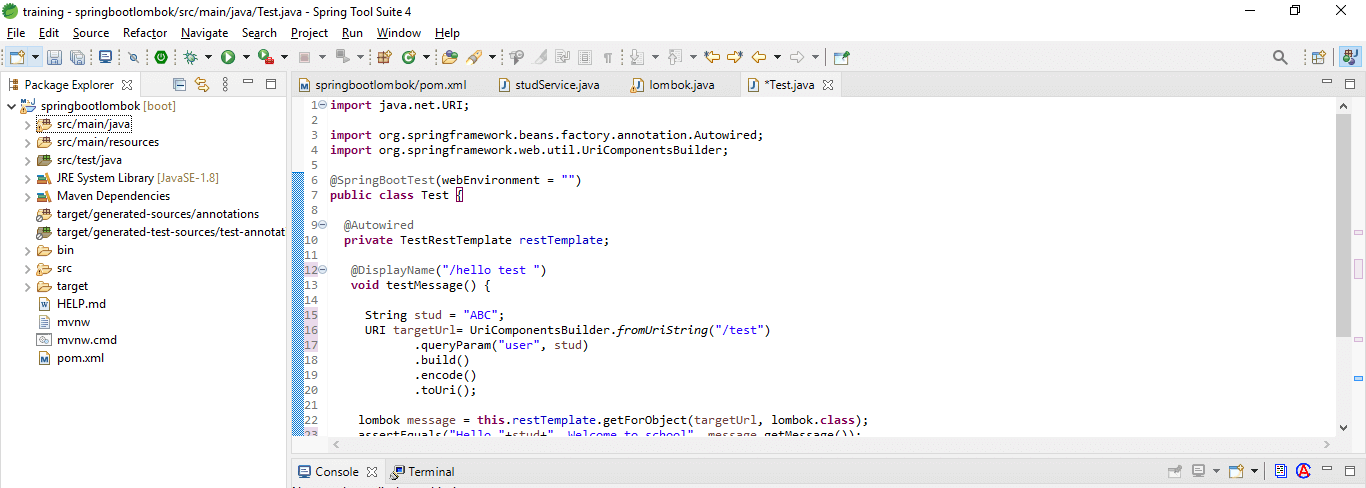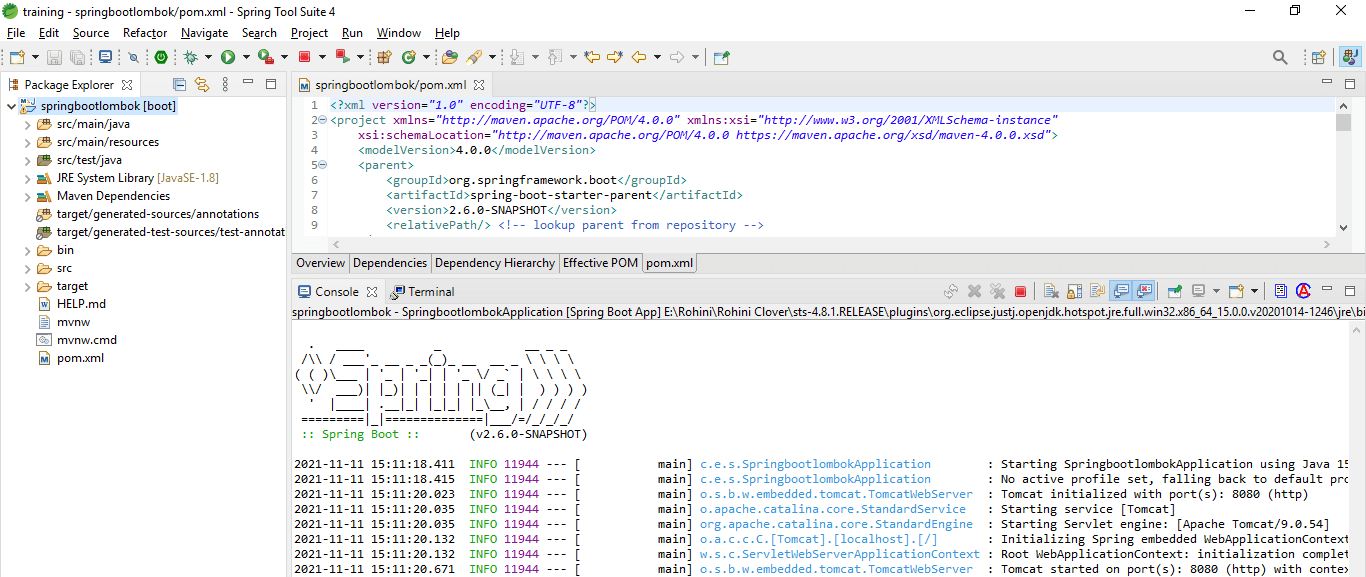Updated March 30, 2023
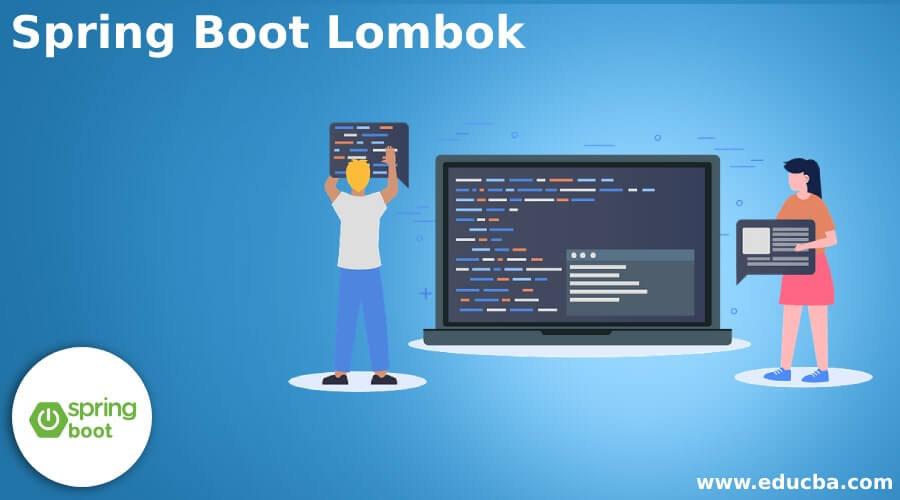
Introduction to Spring Boot Lombok
Spring boot Lombok is the tool of the java library that was used to generate code for minimizing the unused code. This library is replacing the unused code by using annotation. It will replace a number of annotations like the setter and getter method, equals, hashcode, constructor, etc. To develop a project using it, we need to add Lombok dependency in the pom.xml file of our application.
What is Spring Boot Lombok?
- Spring boot Lombok is nothing but a small library that was used to reduce the unused code from the java applications.
- It is automatically generating the getter and setter method for the class object by using Lombok annotation.
- Using it, we can hook in by using the API of the annotation processor. We can pass raw source code to this for new code generation before the java compiler continues its operation.
- We can view compiled class files of the project in the target/classes folder. We can use this in Maven and Gradle IDE.
How Does Lombok Works?
- Basically, it is a processor of annotation which works at the time of code compilation; it will be adding code into our project classes.
- As we know, the Java 5 version is added annotation processing. While using any type of annotation processor, the program compiler will be coming to a specific level when compiling the classes. It will give the specific processor control to process what will be done in the specified class.
- For example, if we have added getter and setter annotation in a class by using Lombok, then at the time of compilation code compiler will give the annotation of the Lombok processor to add thing which was required for our project.
- The below example shows how it works in the project is as follows. After creating a java file, it will convert code into a class file are as follows.
Example –
Studreq.java
@Getter
@Setter
Public class studreq
{
Private string studname;
Private string address;
}
- After compiling the above code, it will create the below class files are as follows.
Example –
Studreq.class
public class studreq
{
Private string studname;
Private string address;
Public studreq () {
}
Public string getStudname () {
Return this.studname;
}
Public string getAddress () {
Return this.address;
}
Public void setStudname (final string studname) {
This.studname = studname;
}
Public void setAddress (final string address) {
This.address = address;
}
}As per the above example, we have seen how the spring boot Lombok annotation processor changes the code at compile time.
Spring boot Lombok – Project Structure
- The below example shows the project structure of this application are as follows.
- In the below project structure, we have defined the bean as per and type as a stud.
- We are using the application name as Springbootlombok to define the project structure.
Springbootlombok
|
|— src
|
main class
|
|—Java
|—- com.springboot.lombok
|— Controller
DefaultstudLoader
|— Config
BeanConfiguration
|— model
Stud
|—- Repository
StudRepository
|— Service
StudService
|—– resources
|——test
java
Classpath
Project
Pom.xml file
- We are using its dependency to develop applications using Lombok.
Create Spring Boot Lombok Application
Below are examples shown to create spring boot; Lombok applications are as follows.
- Create project template of this application by using spring initializer and give a name to project –
In the below step, we have provided project group name as com.example, artifact name as springbootlombok, project name as springbootlombok, and selected java version as 8.
Group – com.example
Artifact name – springbootlombok
Name – springbootlombok
Spring boot – 2.6.0
Project – Maven
Project Description – Project for springbootlombok
Java – 8
Dependencies – lombok, spring web
Package name – com.example.springbootlombok
- After generating project extract files and open this project by using spring tool suite –
After generating the project using the spring initializer in this step, we extract the jar file and open the project using the spring tool suite.
- After opening the project using the spring tool suite, check the project and its files –
In this step, we are checking all the project template files. We also need to check maven dependencies and system libraries.
- Add dependency packages –
In this step, we are adding the required dependency to our project.
Code –
<dependency> -- Start of dependency tag.
<groupId>org.springframework.boot</groupId> -- Start and end of groupId tag.
<artifactId>spring-boot-starter-web</artifactId> -- Start and end of artifactId tag.
</dependency> -- End of dependency tag.
<dependency> -- Start of dependency tag.
<groupId>org.projectlombok</groupId> -- Start and end of groupId tag.
<artifactId>lombok</artifactId> -- Start and end of artifactId tag.
</dependency> -- End of dependency tag.Spring Boot Lombok Example
The below step shows examples are as follows. We are using the project template of the spring boot Lombok application.
- Create a class for application –
Code –
@Data public class lombok { private Long stud_id; private String stud_address; }</pre
-
- Create a service class for this application –
Code –
@Component
public class studService {
public lombok getSubscriptionMessage (@NonNull String stud) {
lombok message = new lombok();
message.setStud_Id (Long.valueOf (1));
message.setstud_address ("Hello "+stud+", Welcome to school");
return message;
}
}- Create controller class for this application –
Code –
@Slf4j
@RestController
public class studController {
@Autowired
private studService studservice;
private Object log;
@GetMapping("/student")
public lombok sayHello (@RequestParam String stud) {
log.info("test log: "+ stud);
lombok lom = studService.getSubscriptionMessage (stud);
((Object) log).debug("test debug log : "+lom.toString());
return lom;
}
}- Create a test controller for the application –
Code –
@SpringBootTest(webEnvironment = "")
public class Test {
@Autowired
private TestRestTemplate restTemplate;
@DisplayName ("/hello test ")
void testMessage () {
String stud = "ABC";
URI targetUrl= UriComponentsBuilder.fromUriString ("/test")
.queryParam ("user", stud)
.build()
.encode()
.toUri ();
lombok message = this.restTemplate.getForObject(targetUrl, lombok.class);
assertEquals ("Hello "+stud+", Welcome to school", message.getMessage());
}
}- Run the application and check log messages
Conclusion
Spring boot Lombok will pass the raw source code before the java compiler, so it will produce the properly compiled java code using the java compiler. It is the tool of the java library that was used to generate code to minimize the unused code.
Recommended Articles
This is a guide to Spring Boot Lombok. Here we discuss What is spring boot Lombok and the project structure, along with the examples and codes. You may also have a look at the following articles to learn more –
